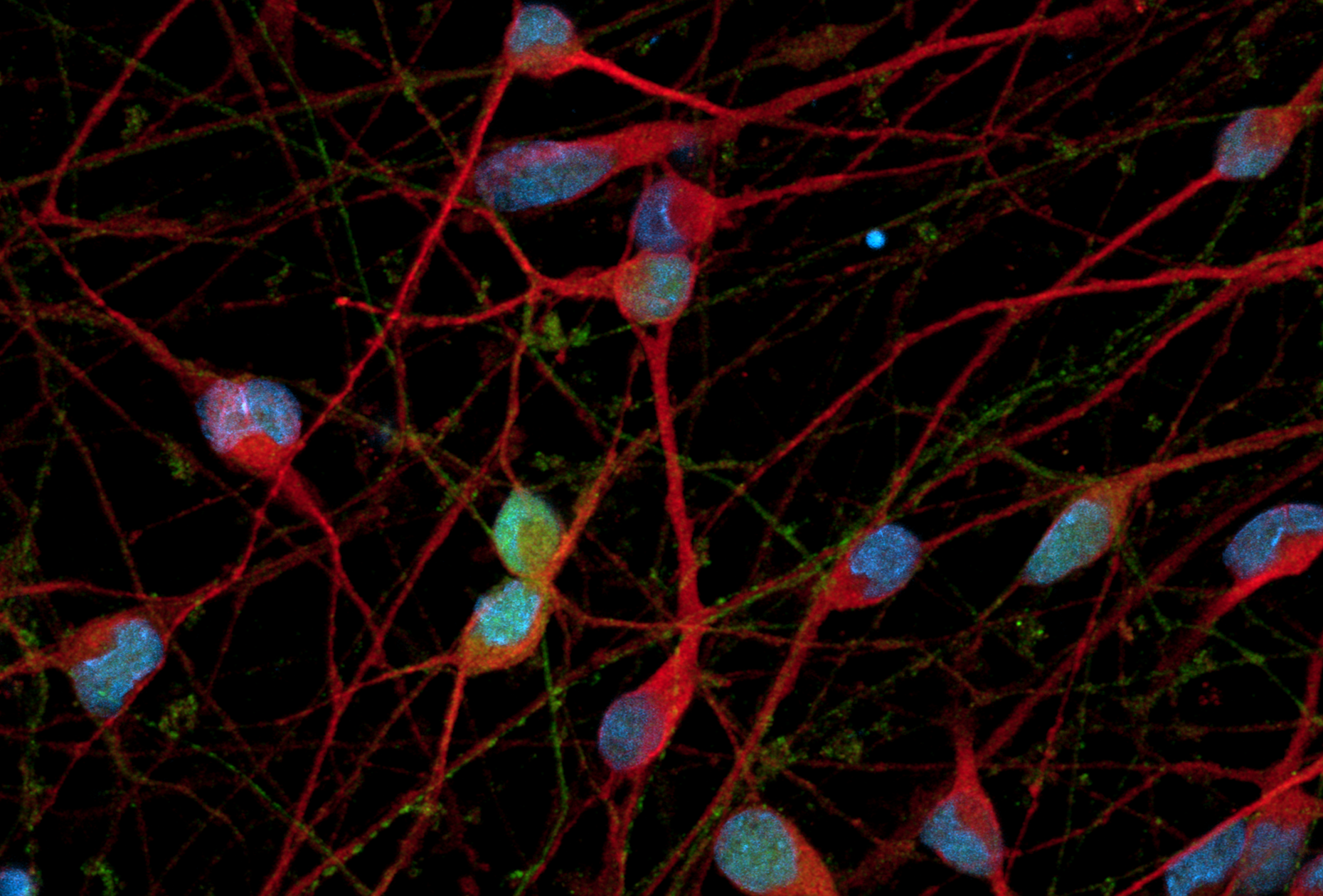Unlocking the Potential of RNA Therapies in ASD: How Definitive Human iPSC-derived Cells are Paving the Way

In this webinar, hear from our distinguished drug development expert, Dr Rodney Bowling Jr. (Everlum Bio), to learn how new GABAergic neuronal models are advancing the screening of antisense oligonucleotide (ASO)-mediated RNA therapies for rare autism spectrum disorders (ASD) affecting children.
ASOs have significant potential for neurological disorders as they target specific RNA sequences, either to block the translation of disease-causing proteins or to encourage the production of therapeutic proteins. Human iPSC-derived GABAergic neurons offer a useful physiologically-relevant system to investigate ASO efficiency but their generation is hindered by heterogeneous populations and lot-to-lot inconsistencies.
Hear from Dr Raman (bit.bio) on how ioGABAergic Neurons, a new class of precision reprogrammed hiPSC-derived cells, overcomes these limitations, yielding highly pure, consistent and functional populations of mature human iPSC-derived inhibitory GABAergic neurons. Dr Bowling explores how this new class of inhibitory neurons are being applied within ASO-based screening assays and drug discovery workflows for rare ASD.
In this Select Science webinar, you will learn about:
- How ASOs can be used to discover and develop drugs for rare ASD affecting children.
- The need for a consistent, physiologically-relevant and scalable in vitro cellular screening model to identify optimal ASOs for an RNA target for ASD.
- The design considerations for building optimal ASOs, including modifications to improve ASO binding affinity and effectiveness.
- How precision reprogrammed hiPSC-derived ioGABAergic neurons are being applied within ASO screens to discover personalised oligonucleotide-based therapies for rare ASD.
Speakers:
Dr Rodney A. Bowling Jr., CSO, Everlum Bio
Dr Malathi Raman, Senior Product Manager, bit.bio